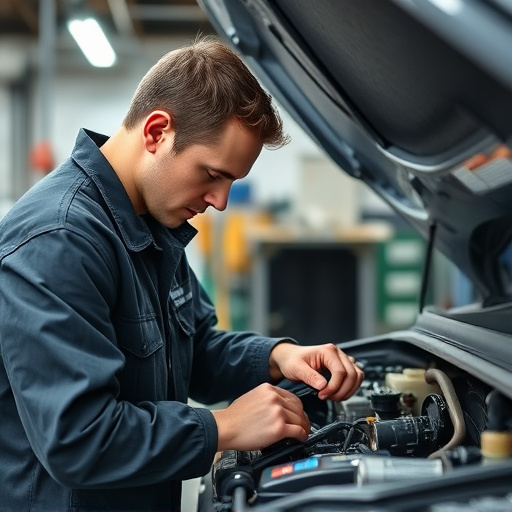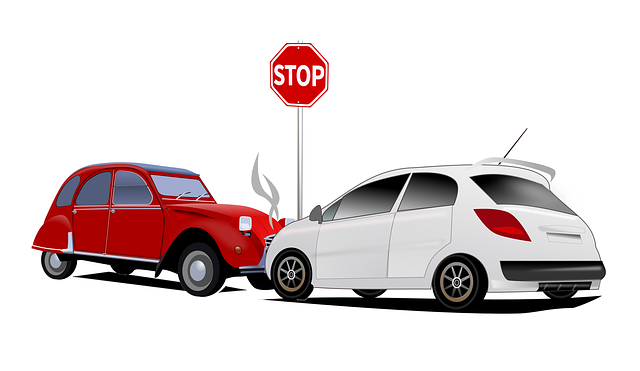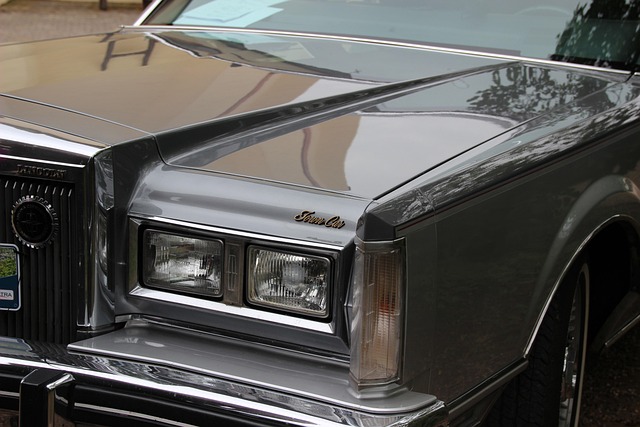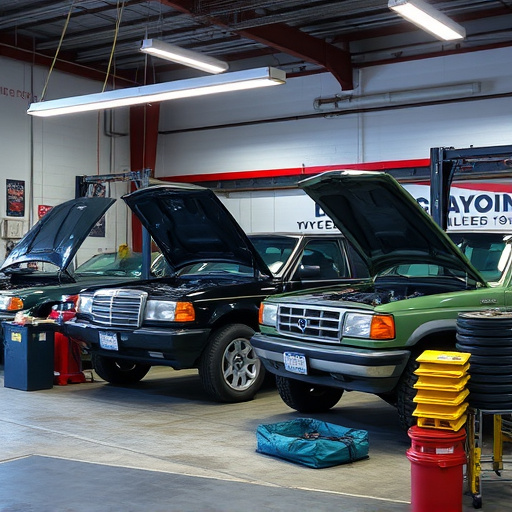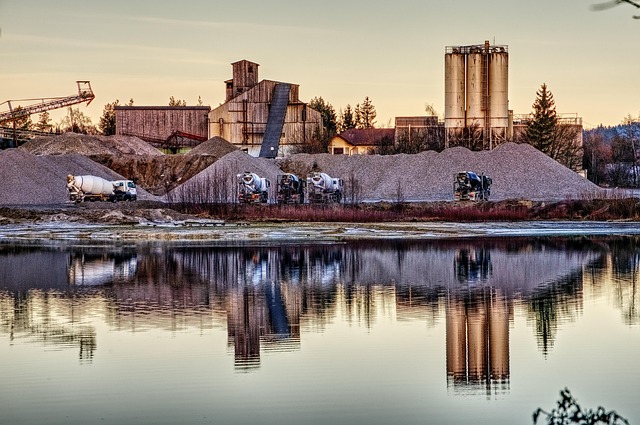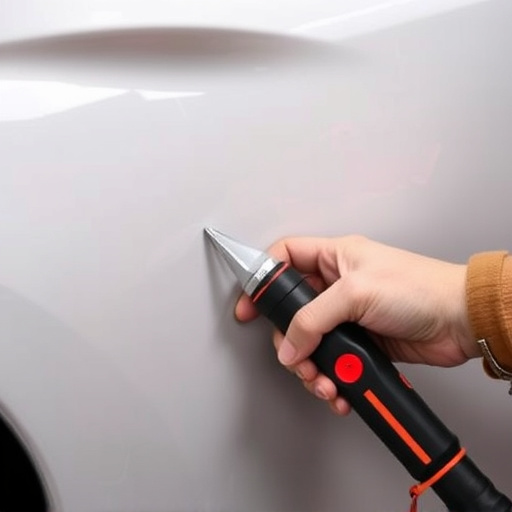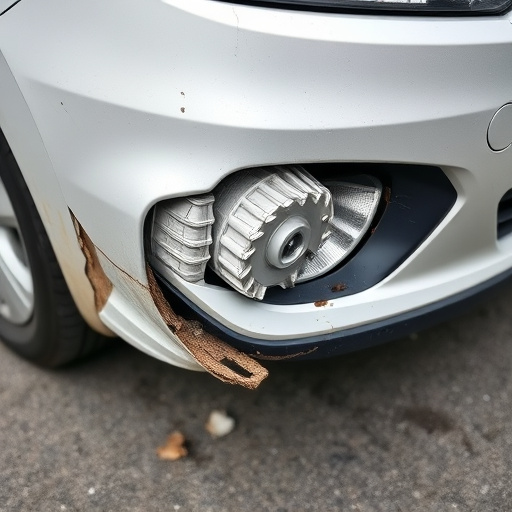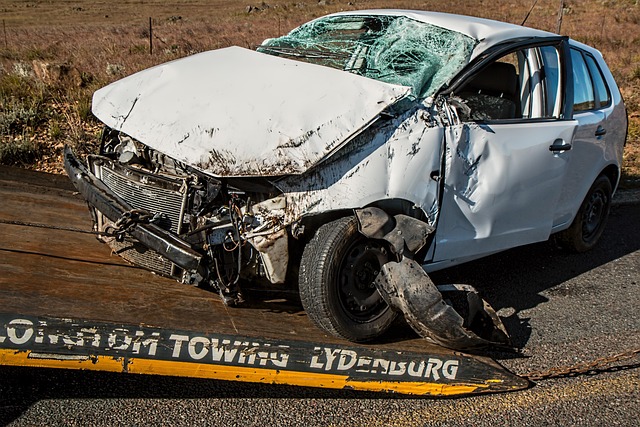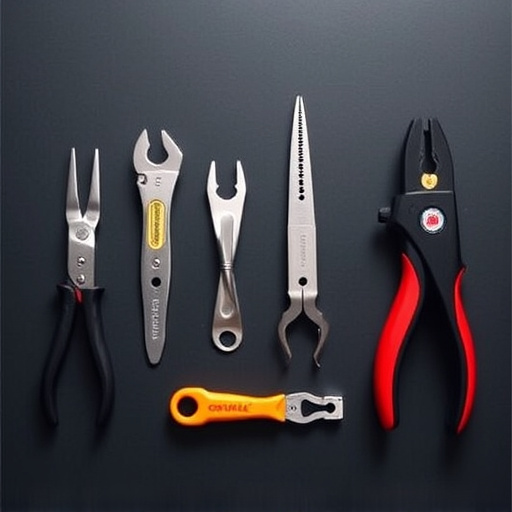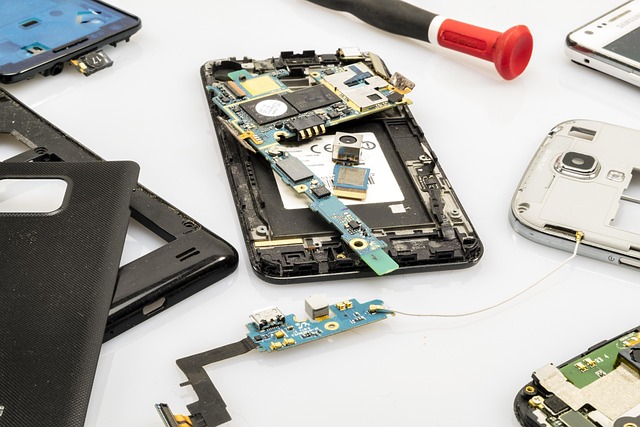To obtain Tesla aluminum welding certification, candidates must excel in both technical proficiency and safety awareness, demonstrating skills in TIG and MIG welding while adhering to stringent industry standards. Comprehensive knowledge of material properties ensures structural integrity and prevents corrosion. Rigorous hands-on testing simulates real-world automotive scenarios, focusing on precision welding, surface preparation, and quality inspection to meet Tesla's high standard for luxury vehicle repair.
“Explore the essential process of Tesla aluminum welding certification, where hands-on performance testing takes center stage. This in-depth article delves into the rigorous requirements and assessment methods employed by Tesla to ensure top-tier weld quality. From understanding the certification needs to mastering the skills needed for success, we uncover what it takes to pass the test. Whether you’re a seasoned welder or an aspiring professional, this guide offers valuable insights into navigating the Tesla aluminum welding certification journey.”
- Tesla Aluminum Welding: Certification Requirements
- Hands-On Testing: Assessment Methods Used
- Passing the Test: Skills Needed for Success
Tesla Aluminum Welding: Certification Requirements
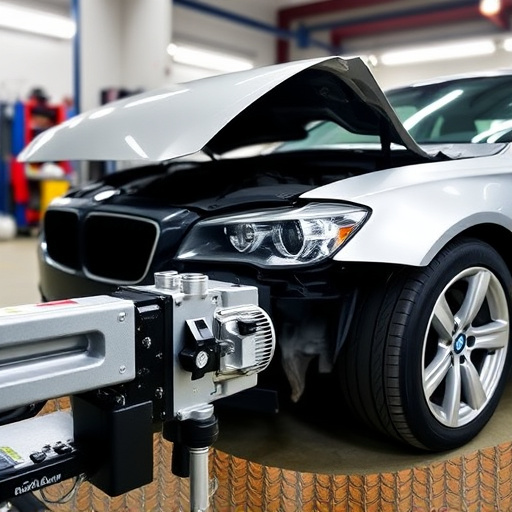
To achieve Tesla aluminum welding certification, candidates must demonstrate a deep understanding and mastery of this specialized skill set. The process involves rigorous hands-on performance testing, ensuring that each welder meets the high standards required for working on Tesla vehicles. This includes proficiency in various welding techniques specific to aluminum, such as TIG (tungsten inert gas) and MIG (metal inert gas) welding.
The certification requirements extend beyond technical prowess. Candidates are also expected to possess a comprehensive knowledge of safety protocols, industry best practices, and quality control measures. This ensures that not only is the welding performed expertly, but it’s done so in a safe and efficient manner, aligning with Tesla’s commitment to innovation and excellence in both car repair shop and tire services environments. Additionally, understanding material properties and compatibility is crucial to prevent issues like corrosion or structural weaknesses, which are vital considerations in any car paint repair scenario.
Hands-On Testing: Assessment Methods Used
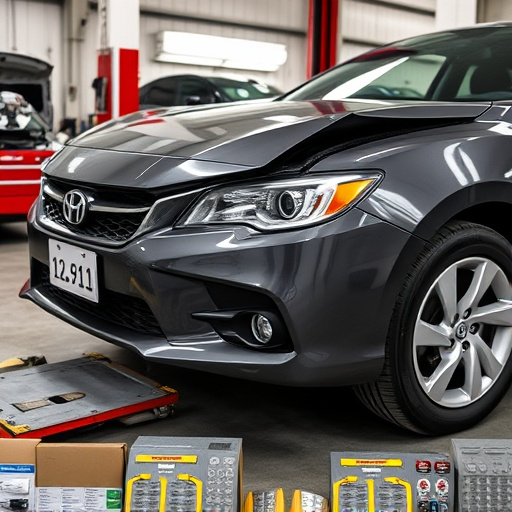
The Tesla aluminum welding certification process is designed to ensure that technicians possess the necessary skills for high-quality luxury vehicle repair. Hands-on testing plays a crucial role in this evaluation, with assessment methods tailored to simulate real-world scenarios encountered in an automotive body shop. Candidates are typically presented with various aluminum components commonly found in modern Tesla vehicles and required to perform specific welding tasks under controlled conditions.
These tests may involve precision welding of intricate auto glass replacement parts or the structural integrity of vehicle frames. Evaluators scrutinize the quality of welds, including their aesthetics, mechanical strength, and adherence to industry standards. The use of advanced equipment and techniques is often encouraged, demonstrating the technician’s ability to handle complex tasks in a professional setting. This rigorous evaluation ensures that only qualified individuals earn the Tesla aluminum welding certification, setting a high bar for excellence in luxury vehicle repair.
Passing the Test: Skills Needed for Success
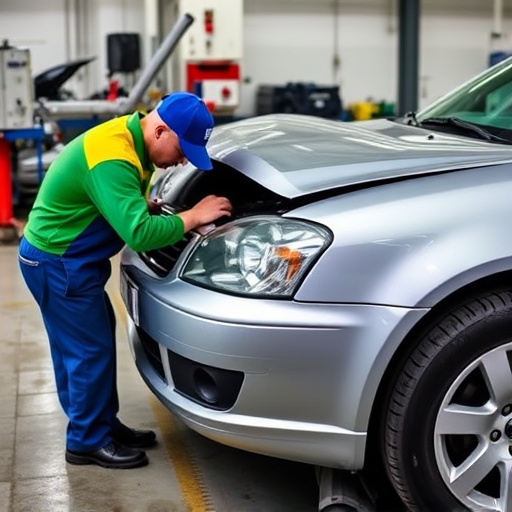
To pass the Tesla aluminum welding certification test, individuals must demonstrate a high level of proficiency and precision in their welds. This involves mastering techniques specific to aluminum, such as understanding the material’s unique properties and how it behaves during the welding process. Successful candidates should be able to create strong, structurally sound joints while adhering to strict quality standards.
Hands-on performance testing is a crucial component, requiring practitioners to apply their skills in a practical setting. This includes accurately measuring and cutting aluminum panels, preparing surfaces for welding, and executing clean, consistent welds. Proficiency in various welding methods, such as TIG (tungsten inert gas) or MIG (metal inert gas), is essential, as Tesla may require the ability to adapt to different scenarios. Additionally, the ability to inspect and identify potential issues with welds, like porosity, underfill, or misalignment, is vital for achieving certification and excelling in luxury vehicle repair, even after overcoming minor incidents like a fender bender.
The Tesla Aluminum Welding Certification is more than just a qualification; it’s a testament to an individual’s skill and mastery in this specialized field. By combining theoretical knowledge with rigorous hands-on testing, candidates prove their ability to meet the high standards set by Tesla for aluminum welding. This certification not only enhances career prospects but also contributes to the advancement of electric vehicle technology, ensuring that every component, from body panels to battery enclosures, is welded to perfection.
